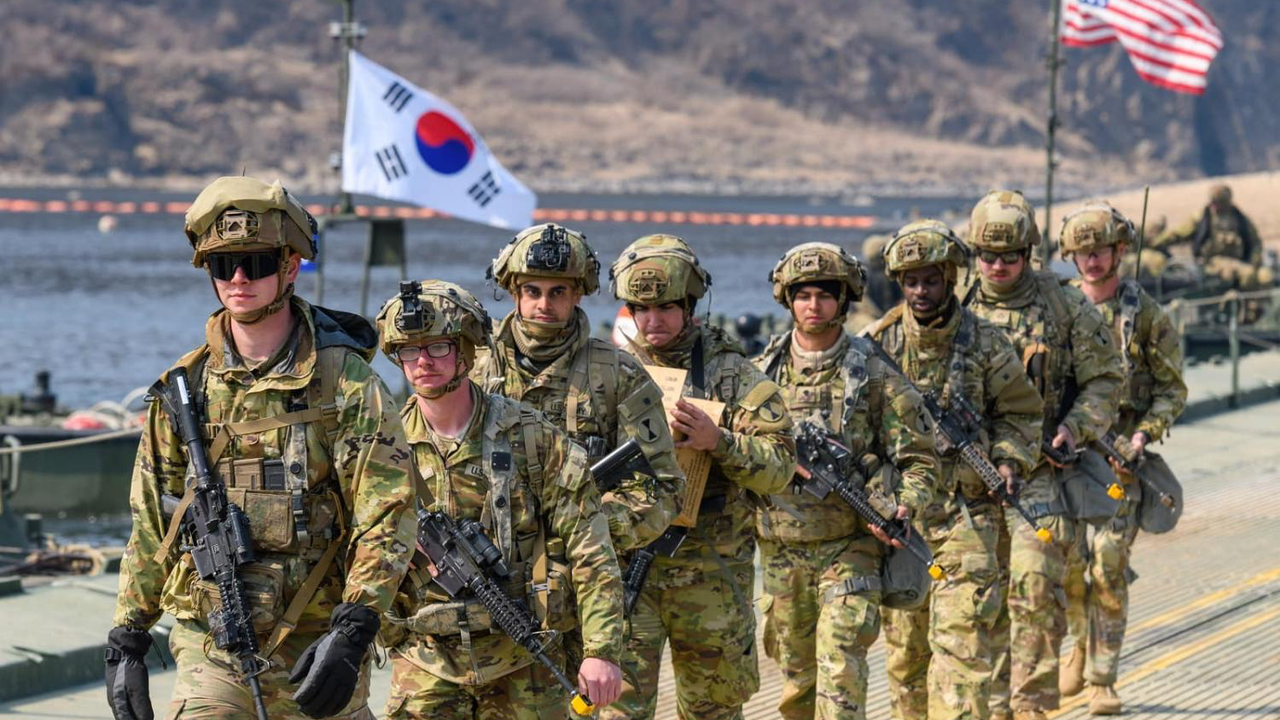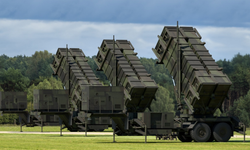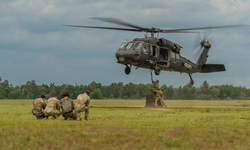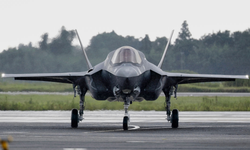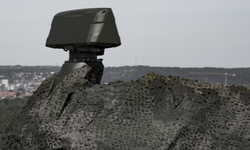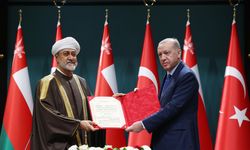The United States and South Korea launched the Ulchi Freedom Shield (UFS) exercise on Monday, an 11-day joint military drill intended to bolster combined defense readiness against North Korea.
According to South Korean officials, this year’s UFS involves around 18,000 South Korean troops alongside US forces, incorporating both field maneuvers and computer simulations. The drills are designed to strengthen capabilities across multiple domains, including responses to drone incursions, missile launches, cyberattacks, and electronic warfare.
The exercise, which runs through August 28, will also be accompanied by a nationwide civil defense program. Around 580,000 civilians are expected to take part in the four-day training, which includes evacuation and air raid drills scheduled for Wednesday.
While the overall scale of UFS remains similar to last year, nearly half of the 40 planned field training exercises have been postponed until September due to extreme heat and flood damage at some sites, South Korean defense officials confirmed.
US Forces Korea said in a statement that the drills are defensive in nature, emphasizing their role in deterring potential provocations. North Korea, however, has long denounced the exercises as preparation for invasion and has warned of possible responses.
In recent editions of UFS, allied forces have employed missile defense systems such as THAAD and Patriot batteries, as well as joint missions with F-35A and F-16 fighter jets. Naval elements equipped with Aegis destroyers have also simulated responses to missile launches, while ground units have trained with armored vehicles and artillery.
Strategically, the exercise highlights the continued evolution of the US–South Korea alliance. Beyond addressing North Korean threats, it underscores Washington’s wider security commitments in the Indo-Pacific, where regional dynamics are increasingly shaped by China’s expanding influence.
